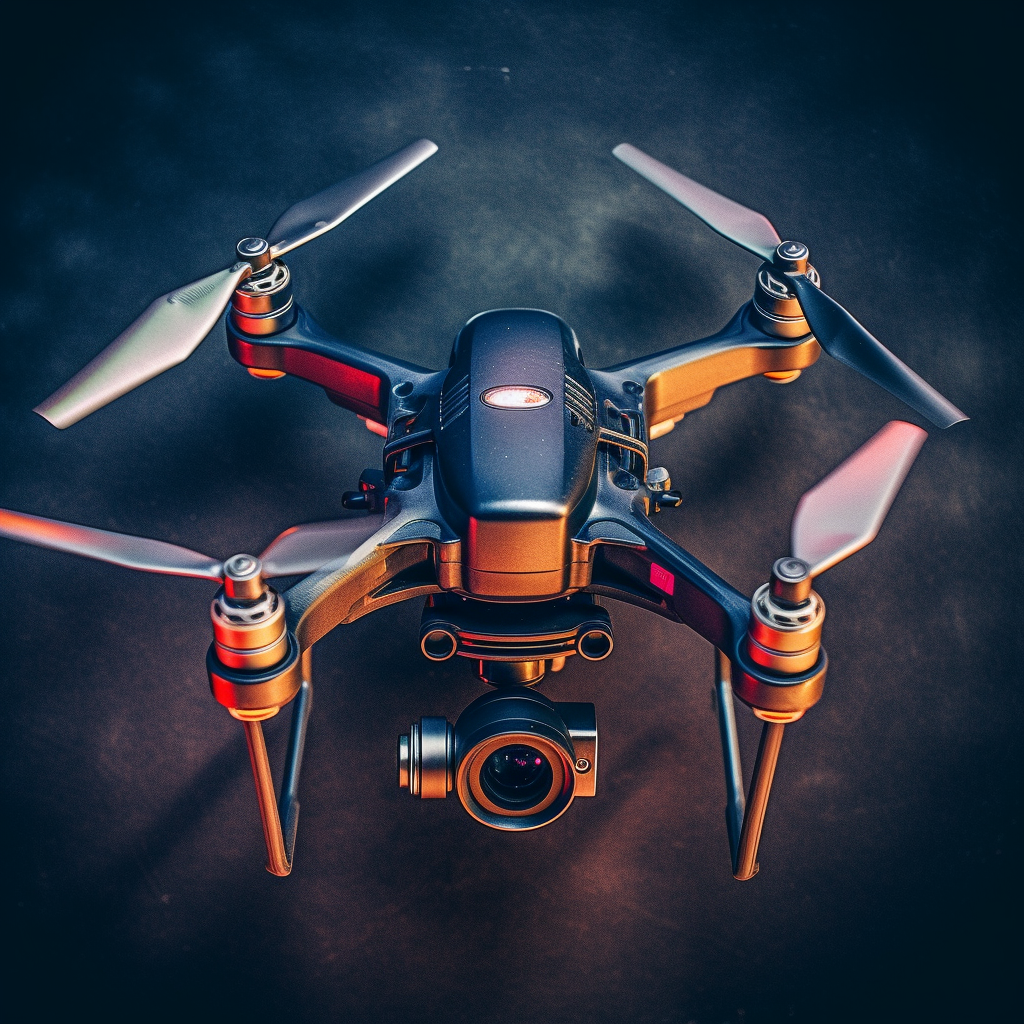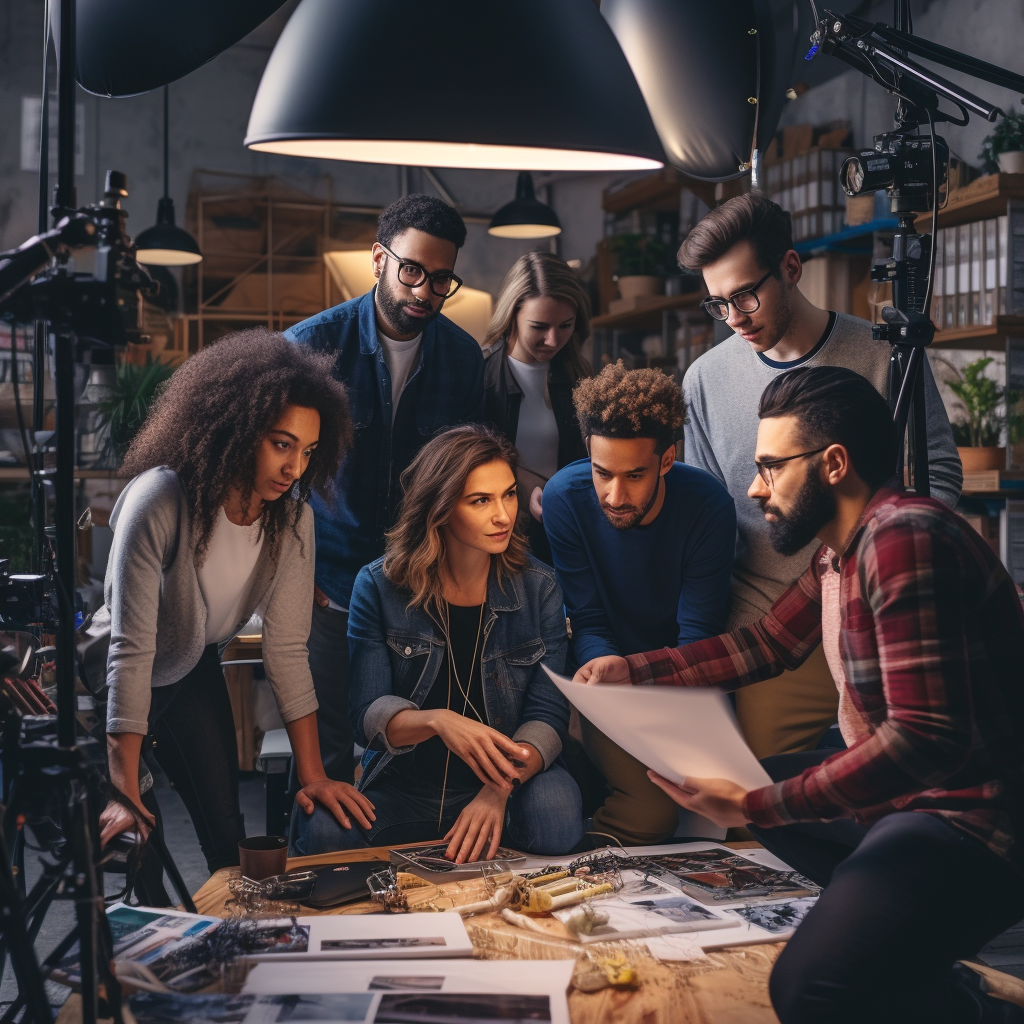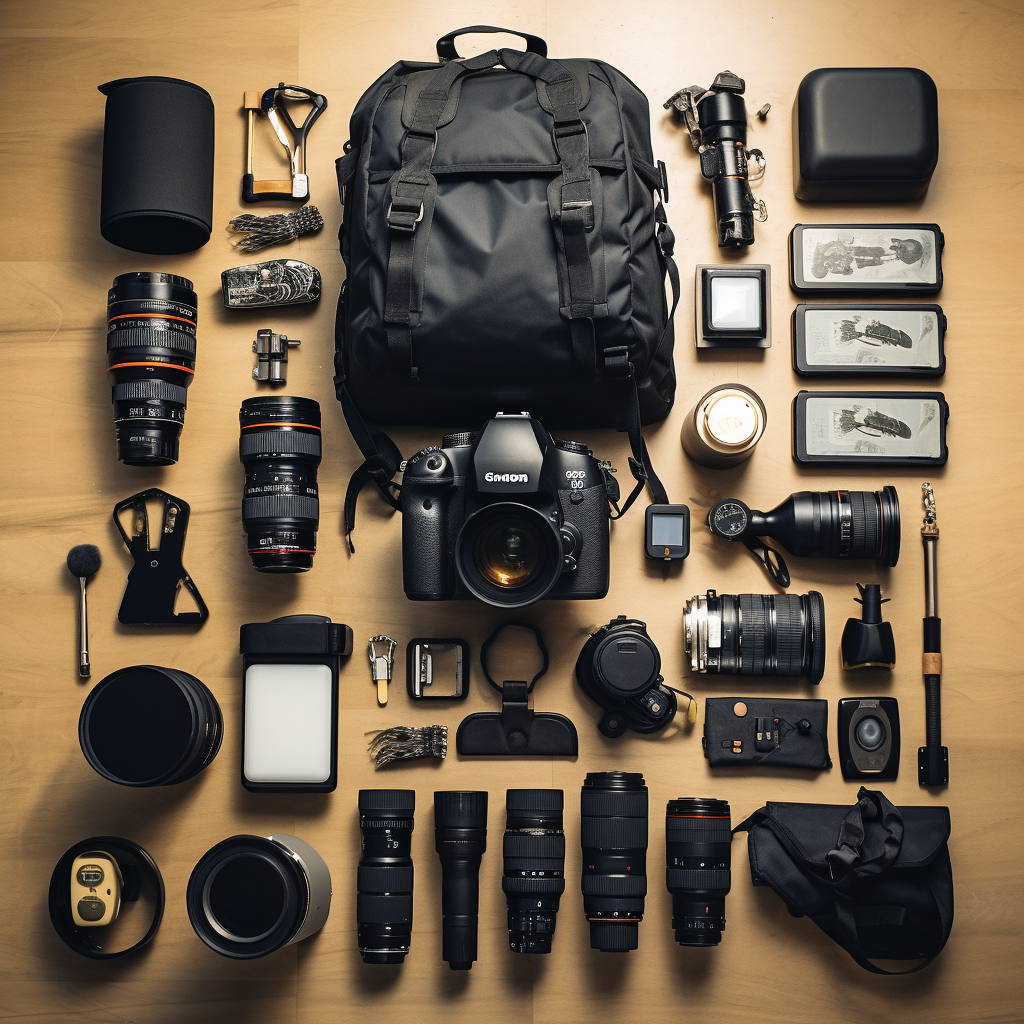Please note this post may contain affiliate links picked by me (Jay) that I have deemed may be of interest or relevant to you the reader of this.
These links do not affect the cost of the thing if you decide to purchase but i may get a little money if you choose to purchase.
For more information on my affiliate link policy click here.
Exploring New Frontiers: The Rise of Drone Photography
As a photography junkie, you’re always on the lookout for new and exciting ways to capture the perfect shot. And with the rise of drone photography, the possibilities have never been greater. From stunning aerial landscapes to action-packed sports shots, drone photography is revolutionizing the way we capture the world around us. In this article, we’ll explore the new frontiers of drone photography and help you get started on your own aerial photography journey.
What is drone photography?
Drone photography is the art of capturing photographs and videos from a drone or unmanned aerial vehicle (UAV). With the advancements in technology, drones have become smaller, more affordable, and easier to fly, making aerial photography accessible to anyone who has the interest and passion for it. Drones can fly high up in the air, providing a unique perspective on the world below, and can be equipped with high-quality cameras to capture stunning images and videos.
Advantages of drone photography
One of the biggest advantages of drone photography is the ability to capture images from angles that would otherwise be impossible to achieve. Drones can fly up to hundreds of feet in the air, allowing photographers to capture aerial landscapes, cityscapes, and other breathtaking views. This is particularly useful for landscape photographers who want to capture the beauty of nature from a new perspective.
Another advantage of drone photography is its ability to capture action-packed shots. Drones can follow athletes or vehicles, providing an unparalleled viewpoint that would be impossible to achieve with traditional photography. This has led to the rise of drone photography in the sports industry, with drones being used to capture everything from surfing to snowboarding.
Drone photography is also useful in industries such as real estate and construction. Real estate agents can use drones to capture aerial views of properties, giving potential buyers a better idea of the layout and surroundings. Construction companies can use drones to monitor construction sites and track progress, making it easier to identify and address any issues.
|
|
Gear for drone photography
To get started with drone photography, you’ll need a drone and a camera. There are many different drones on the market, ranging from budget options to high-end professional drones. Here are a few examples:
- DJI Mavic Air 2 – This is a great option for beginners, as it’s relatively affordable and easy to use. It has a 48-megapixel camera and can shoot 4K video.
- DJI Phantom 4 Pro – This is a high-end drone that’s designed for professional use. It has a 20-megapixel camera and can shoot 4K video at 60fps.
- DJI Inspire 2 – This is another high-end drone that’s designed for professional use. It has a 5.2K camera and can shoot 4K video at 60fps.
When it comes to cameras, you’ll want to look for one with a high resolution and the ability to shoot in RAW format. Some popular options include the Sony A7R III and the Canon EOS 5D Mark IV.
In addition to a drone and camera, you’ll also need a few other accessories. These include extra batteries, a memory card, and a carrying case. It’s also a good idea to invest in a set of ND filters, which can help you control the amount of light entering the camera and improve the overall quality of your photos.
Flying a drone for photography
Before you take your drone out for its first flight, there are a few things you’ll need to keep in mind. First, it’s important to make sure you’re flying in a safe and legal manner. This means following all local laws and regulations regarding drone use, as well as staying away from restricted airspace.
You’ll also need to familiarize yourself with your drone’s flight controls. Most drones are controlled using
a remote controller or a smartphone app. The controls typically include a joystick for controlling the direction and altitude of the drone, as well as buttons for taking photos and videos.
Before you take off, it’s important to do a pre-flight check to ensure that your drone is working properly. This includes checking the battery level, propellers, and any other components that could affect the flight. You should also calibrate your drone’s compass and GPS to ensure that it’s properly oriented and can accurately track its location.
When you’re ready to take off, it’s important to start slowly and practice flying in an open area with few obstacles. As you become more comfortable with the controls, you can start experimenting with different flight patterns and maneuvers.
One thing to keep in mind when flying a drone for photography is the importance of composition. Just like with traditional photography, the composition of your shot can make or break the final result. When flying a drone, you’ll want to consider factors such as the angle, distance, and altitude of your shot, as well as the lighting and background.
Legal considerations for drone photography
While drone photography can be an exciting and rewarding hobby, it’s important to be aware of the legal considerations involved. In many countries, including the United States and Canada, there are strict regulations governing the use of drones for commercial purposes, which can include photography.
For example, in the United States, drone operators are required to obtain a Part 107 certification from the Federal Aviation Administration (FAA) before using a drone for commercial purposes. This certification requires passing a knowledge test and adhering to strict operating guidelines, such as flying below 400 feet and maintaining a visual line of sight with the drone at all times.
Even if you’re flying a drone for personal use, there are still rules and regulations you’ll need to follow. For example, in many countries, drones are not allowed to fly near airports, military bases, or other sensitive areas. It’s important to research and follow all local laws and regulations regarding drone use to avoid any legal issues.
In addition to legal considerations, it’s also important to be aware of the ethical considerations involved in drone photography. Drones can be intrusive and disruptive, particularly in areas where wildlife or other sensitive ecosystems are present. It’s important to respect the privacy and safety of others and to use your drone in a responsible and ethical manner.
Join the community
If you have any questions or would like to share your experiences with drone photography, we encourage you to join our community. Our website offers a forum where photography enthusiasts can connect, share tips and advice, and discuss the latest trends and techniques in drone photography.
In conclusion, drone photography is an exciting and rapidly evolving field that offers endless possibilities for creativity and exploration. With the right gear, knowledge, and skills, you can capture stunning aerial shots that were once only possible for professional photographers. Just be sure to do your research, follow all local laws and regulations, and use your drone in a responsible and ethical manner. Happy flying!












